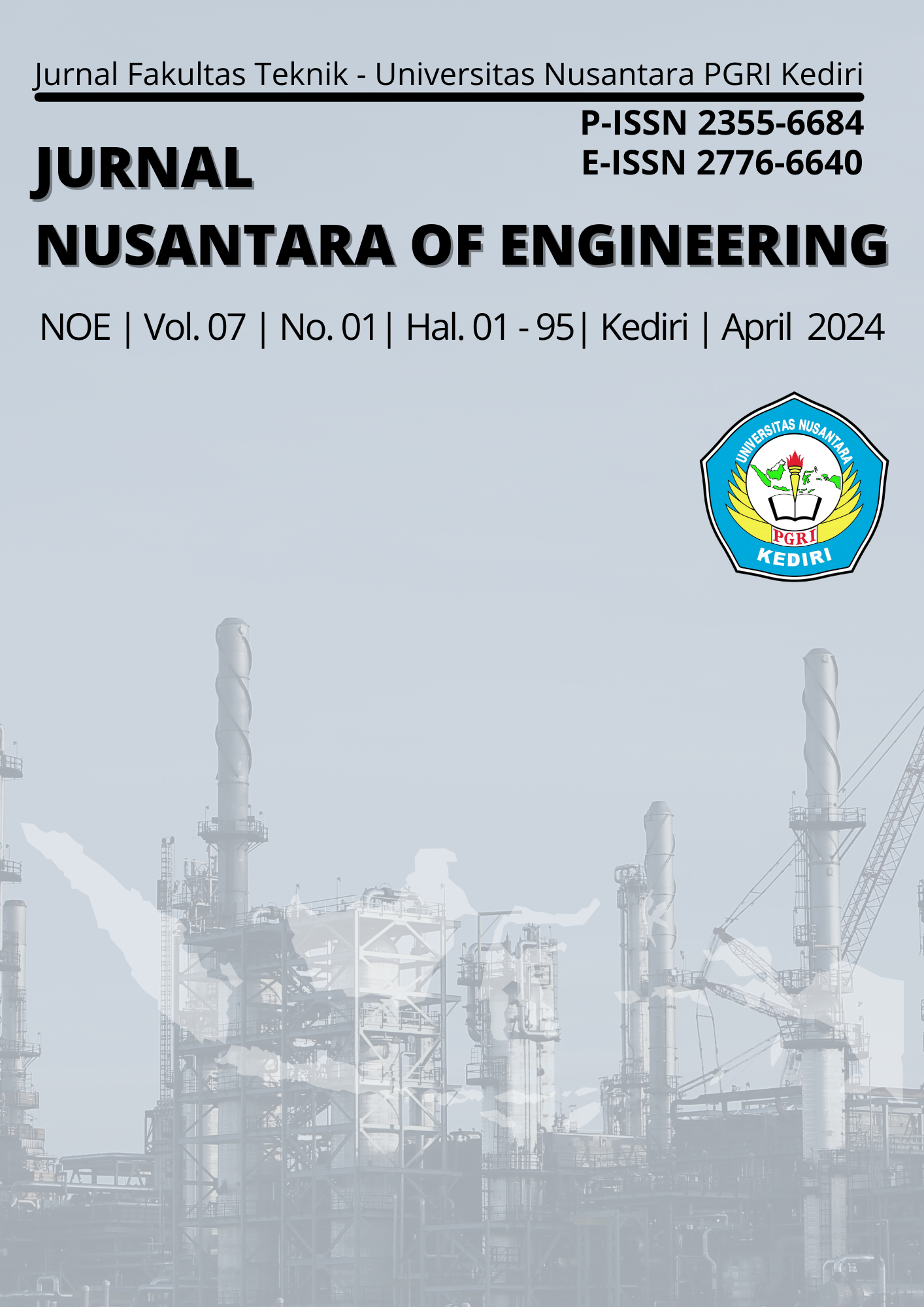APPLICATION OF RESTFUL API PRINCIPLES IN WEB SERVICE DEVELOPMENT ON NEO FEEDER WITH LARAVEL FRAMEWORK
APPLICATION OF RESTFUL API PRINCIPLES IN DEVELOPING A WEB SERVICE ON NEO FEEDER WITH LARAVEL FRAMEWORK
DOI:
https://doi.org/10.29407/noe.v7i01.21417Keywords:
laravel, restfull, webservice, neo feederAbstract
With advances in technology, the use of fire is very helpful in the development process of the data in the Neo Feeder which is directly integrated into the Higher Education and Higher Education. The presence of a web service in the Neo Feeder makes it easier to retrieve data as needed in the development process. This research uses the Representational State Transfer (RESTFUL) Web Service method. RESTFULL web service is a technological method that applies the concept of moving between states using a browser or also called the HTTP mechanism to connect applications with other applications. In this case the RESTFULL method is used as data access to the local database (SIAKAD) which aims to facilitate development and provide updated information. Based on the results of the tests that have been carried out, it can be concluded that functionally all processes in the system using the RESTFULL Web Service method have run as expected and can reduce actual information (Syafrial, M., & Teguh, I. 2019).
Downloads
References
Fauziah, Y. (2014). Aplikasi Iklan Baris Online menggunakan Arsitektur REST Web Service. Telematika: Jurnal Informatika Dan Teknologi Informasi, 9(2).
Firma Sahrul, B., Safi’ie, M. A., & Wa, O. D. (2016). Implementasi Sistem Informasi Akademik Berbasis Web Menggunakan Framework Laravel. TRANSFORMASI, 12(1).
NELLI, N. (2023). GABUNGAN SURAT TUGAS, SERTIFIKAT DAN MATERI SEMINAR: Webinar Nasional: Diskusi Bersama Pelaporan ke Pangkalan Data Pendidikan Tinggi (PDDIKTI) Via Neofeeder 2.0, 16 MARET 2023.
Novendri, M. S., Saputra, A., & Firman, C. E. (2019). Aplikasi Inventaris Barang Pada Mts Nurul Islam Dumai Menggunakan Php Dan Mysql. lentera dumai, 10(2).
Perkasa, M. I., & Setiawan, E. B. (2018). Pembangunan Web Service Data Masyarakat Menggunakan REST API dengan Access Token. Ultima Computing: Jurnal Sistem Komputer, 10(1), 19-26.
Perwira, R., & Santosa, B. (1962). Implementasi Web Service pada Integrasi Data Akademik dengan Replika Pangkalan Data Dikti. Telematika, 14 (01).
Priadi, S. (2022). Implementasi Rest Dalam Membangun Web Service Menggunakan Golang (Studi Kasus: Aplikasi Satudikti).
Pricillia, T. (2021). Perbandingan Metode Pengembangan Perangkat Lunak (Waterfall, Prototype, RAD). Jurnal Bangkit Indonesia, 10(1), 6-12.
Putra, M., & Putera, M. (2019). Analisis Perbandingan metode SOAP dan REST yang digunakan pada Framework Flask untuk membangun Web Service. Scan: Jurnal Teknologi Informasi dan Komunikasi, 14(2), 1-7.
Supono, S., & Armiati, S. (2021). Aplikasi Web Service Aptimas Dengan Arsitektur Representational State Transfer (REST) API. Competitive, 16(2), 87-94.
Syafrial, M., & Teguh, I. (2019). Penerapan Metode Representational State Transfer (Restfull) Web Services pada Pembuatan KTP dan Kartu Keluarga. TeknoIS: Jurnal Ilmiah Teknologi Informasi dan Sains, 7(2), 37-46.
Syahyadi, A. I., Afif, N., Ridwang, R., & Saputra, W. (2023). Integrasi Data Akademik Perguruan Tinggi Dengan Pangkalan Data Dikti Menggunakan Sistem Integrasi Feeder Terbaru (Sifika). Jurnal Instek (Informatika Sains Dan Teknologi), 8(1), 112-121.
User Guide PDDIKTI Neo Feeder Versi 2.0 (2023)
Widyoutomo, F., & Ajie, H. (2021). PENGEMBANGAN WEB SERVICE MODUL MAHASISWA PADA SISTEM INFORMASI AKADEMIK UNIVERSITAS NEGERI JAKARTA. PINTER: Jurnal Pendidikan Teknik Informatika dan Komputer, 5(1), 68-75.
World Wide Web Consortium. (2004). Web Services Architecture, W3C Working Group Note 11 February 2004. http://www. w3. org/TR/2004/NOTE-ws-arch-20040211/.
Rivando, I. I. (2023). IMPLEMENTASI REPRESENTATIF STATE TRANSITION APPLICATION PROGRAMMING INTERFACE (REST API) PADA APLIKASI TIP. IN BERBASIS ANDROID. Jurnal Teknologi Pintar, 3(1).
Downloads
Published
Issue
Section
License
Authors who publish with this journal agree to the following terms:
- Copyright on any article is retained by the author(s).
- The author grants the journal, right of first publication with the work simultaneously licensed under a Creative Commons Attribution License that allows others to share the work with an acknowledgment of the work’s authorship and initial publication in this journal.
- Authors are able to enter into separate, additional contractual arrangements for the non-exclusive distribution of the journal’s published version of the work (e.g., post it to an institutional repository or publish it in a book), with an acknowledgment of its initial publication in this journal.
- Authors are permitted and encouraged to post their work online (e.g., in institutional repositories or on their website) prior to and during the submission process, as it can lead to productive exchanges, as well as earlier and greater citation of published work.
- The article and any associated published material is distributed under the Creative Commons Attribution-ShareAlike 4.0 International License








